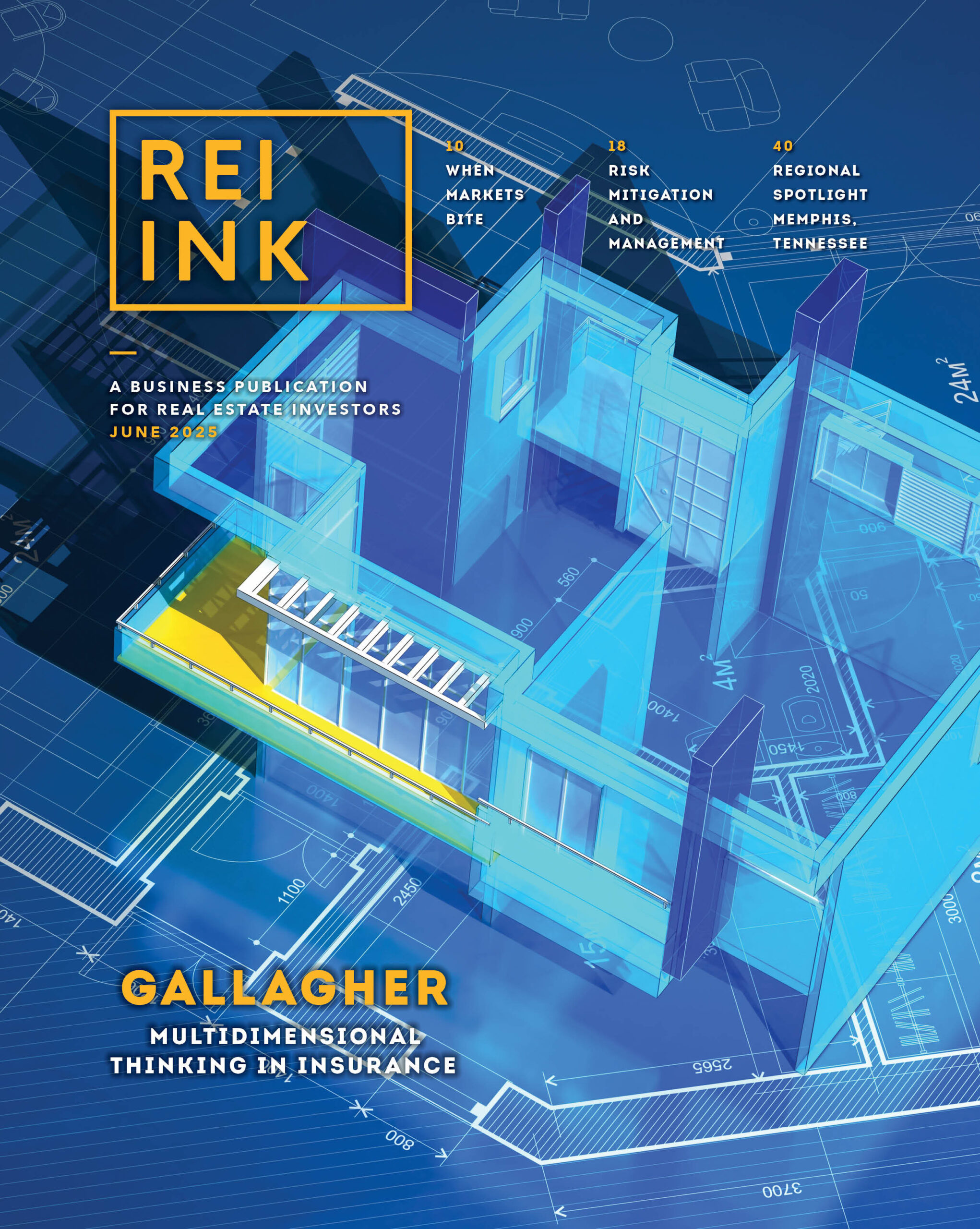Midwest and Northeast ZIPs Dominate this Years List For the first time since Realtor.com®'s inaugural Hottest ZIP Codes Report in 2017, one ZIP code, 43230, Gahanna, Ohio, took the No. 1 spot for a second consecutive year. In the 2024 report, we once again see this years' hottest ZIPs located...
Month: August 2024
U.S. FORECLOSURE ACTIVITY SEES A MONTHLY INCREASE IN JULY 2024
Foreclosure Starts Increase 18 Percent from Last Month; Completed Foreclosures Increase 14 Percent ATTOM, a leading curator of land, property, and real estate data, released its July 2024 U.S. Foreclosure Market Report, which shows there were a total of 31,929 U.S. properties with foreclosure...
Indigo Emerges from Stealth to Bring AI to Home Transactions
Following Burnett v. NAR, Indigo provides real estate agents, buyers and sellers streamlined communications, bidding and negotiations to adapt to changes. Indigo, the market's first AI-powered home transaction platform, launched with leading real estate agents and teams from Compass, Keller...
RE/MAX NATIONAL HOUSING REPORT FOR JULY 2024
Home Sales Rise 3.8% While Prices Dip, Inventory Grows July home sales rebounded 3.8% from June while the median sales price dropped for the first time this year across the 51 metro areas surveyed. The median price of $425,000 was $5,000 – or 1.2% – lower than June's. Compared to one year ago,...
CoreLogic 2024 Wildfire Risk Report Finds More Than 2.6 Million Homes at Moderate to High-Risk of Wildfire Damage
Additional study shows mitigation tactics can lead to 75% reduction of expected loss per property Natural disasters are becoming more intense as a result of changing weather patterns and wildfires are no exception. The 2024 CoreLogic Wildfire Risk Report found more than 2.6 million homes across 14...
FoxyAI Partners with Auction.com to Elevate Real Estate Auction Analytics with Advanced AI Integration
AI-Driven Insights to Optimize Property Listings and Pricing Strategies FoxyAI, a B2B PropTech innovator in real estate visualization and property intelligence, is proud to announce its collaboration with Auction.com, the nation's leading online marketplace focused exclusively on the sale of...
U.S. Housing Market Nears $50 Trillion in Value as Number of Trillion-Dollar Metros Doubles
Redfin reports there are now eight metros, up from four a year ago, where the total value of homes topped $1 trillion The total value of U.S homes gained $3.1 trillion over the past 12 months to reach a record $49.6 trillion, according to a new report from Redfin (redfin.com), the...
OPPORTUNITY ZONE HOME PRICES CONTINUE RIDING WAVE OF GAINS ACROSS U.S. DURING SECOND QUARTER OF 2024
Median Home Values Increase in More Than Half of Opportunity Zones Targeted for Economic Redevelopment; Price Trends Inside Those Zones Continue to Closely Follow National Market Patterns; Some Measures in Opportunity Zones Again Outpace Nationwide Improvements ATTOM, a leading curator of land,...
Frustration Evident in Consumer Housing Sentiment
Only 17% Say It's a 'Good Time' to Buy, Despite Known Aspiration to Own The Fannie Mae Home Purchase Sentiment Index® (HPSI) decreased 1.1 points in July to 71.5, as an overall lack of affordability continues to hamstring consumer sentiment toward the housing market. This month, only 17% of...








